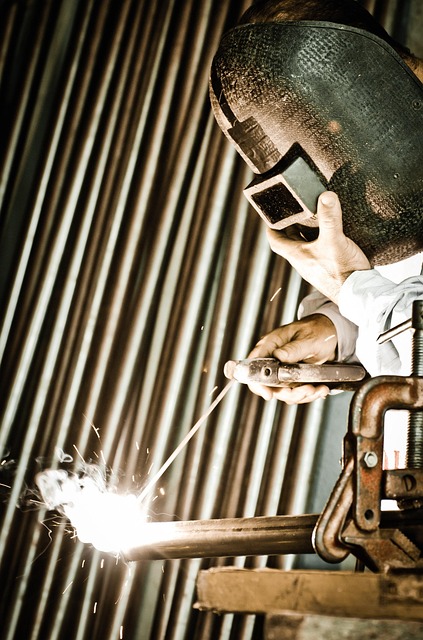How to Start a Career in Welding and Fabrication in the United States
Welding and fabrication are essential components of the manufacturing and construction industries in the United States. From infrastructure projects to precision metalwork, skilled welders are in high demand across the country. For those looking to enter this rewarding field, numerous training programs and educational paths are available to help develop the technical skills and certifications necessary for a successful career.

What are the basic requirements for becoming a welder?
To begin a career in welding and fabrication, you’ll need to meet certain basic requirements. Most employers require a high school diploma or equivalent. Physical stamina, good hand-eye coordination, and attention to detail are crucial traits for success in this field. Additionally, aspiring welders should have a strong grasp of mathematics and basic science concepts, as these are essential for interpreting blueprints and understanding the properties of different metals.
How can I get started with welding fabrication training programs in the USA?
Welding fabrication training programs in the USA offer a variety of options for those looking to enter the field. Community colleges, technical schools, and vocational institutes across the country provide comprehensive welding programs. These typically combine classroom instruction with hands-on practice, covering topics such as blueprint reading, metallurgy, and various welding techniques. Many programs also offer specialized courses in metal fabrication, which involve cutting, shaping, and assembling metal structures.
What are some of the best welding schools with a fabrication focus?
Several institutions stand out for their excellent welding and fabrication programs. The Hobart Institute of Welding Technology in Troy, Ohio, is widely recognized for its comprehensive curriculum and state-of-the-art facilities. Another top choice is the Tulsa Welding School, with campuses in Oklahoma, Florida, and Texas, offering specialized programs in welding and pipefitting. The Lincoln Electric Welding School in Cleveland, Ohio, is also highly regarded, providing intensive hands-on training and access to cutting-edge welding equipment.
How can I find metal fabrication and welding training in my area?
To find metal fabrication and welding training locally, start by researching community colleges and technical schools in your area. Many of these institutions offer certificate or associate degree programs in welding and fabrication. Additionally, you can check with local unions or industry associations, as they often provide apprenticeship programs that combine on-the-job training with classroom instruction. Online resources such as the American Welding Society’s website can also help you locate accredited training programs in your region.
What certifications are available for welding technicians?
Certified welding technician courses are an essential part of advancing your career in the field. The American Welding Society (AWS) offers several certifications that are widely recognized in the industry. The Certified Welder (CW) credential is a performance-based certification that demonstrates proficiency in various welding processes. For those interested in inspection and quality control, the Certified Welding Inspector (CWI) certification is highly valued. Additionally, specialized certifications are available for underwater welding, robotic welding, and specific welding techniques like gas tungsten arc welding (GTAW) or shielded metal arc welding (SMAW).
What are the career prospects and potential earnings in welding and fabrication?
The career prospects for skilled welders and fabricators in the United States are generally positive. According to the U.S. Bureau of Labor Statistics, employment of welders, cutters, solderers, and brazers is projected to grow 8 percent from 2020 to 2030, about as fast as the average for all occupations. The demand for skilled welders is particularly high in industries such as construction, manufacturing, and aerospace.
| Position | Median Annual Wage (May 2020) | Top 10% Earners |
|---|---|---|
| Welders, Cutters, Solderers, and Brazers | $44,190 | $66,250+ |
| Sheet Metal Workers | $51,370 | $89,300+ |
| Structural Iron and Steel Workers | $54,830 | $95,650+ |
Prices, rates, or cost estimates mentioned in this article are based on the latest available information but may change over time. Independent research is advised before making financial decisions.
In conclusion, starting a career in welding and fabrication in the United States offers numerous opportunities for those willing to invest in their education and skills. By pursuing comprehensive training programs, obtaining relevant certifications, and staying updated with industry advancements, aspiring welders can position themselves for success in this dynamic and essential field.




